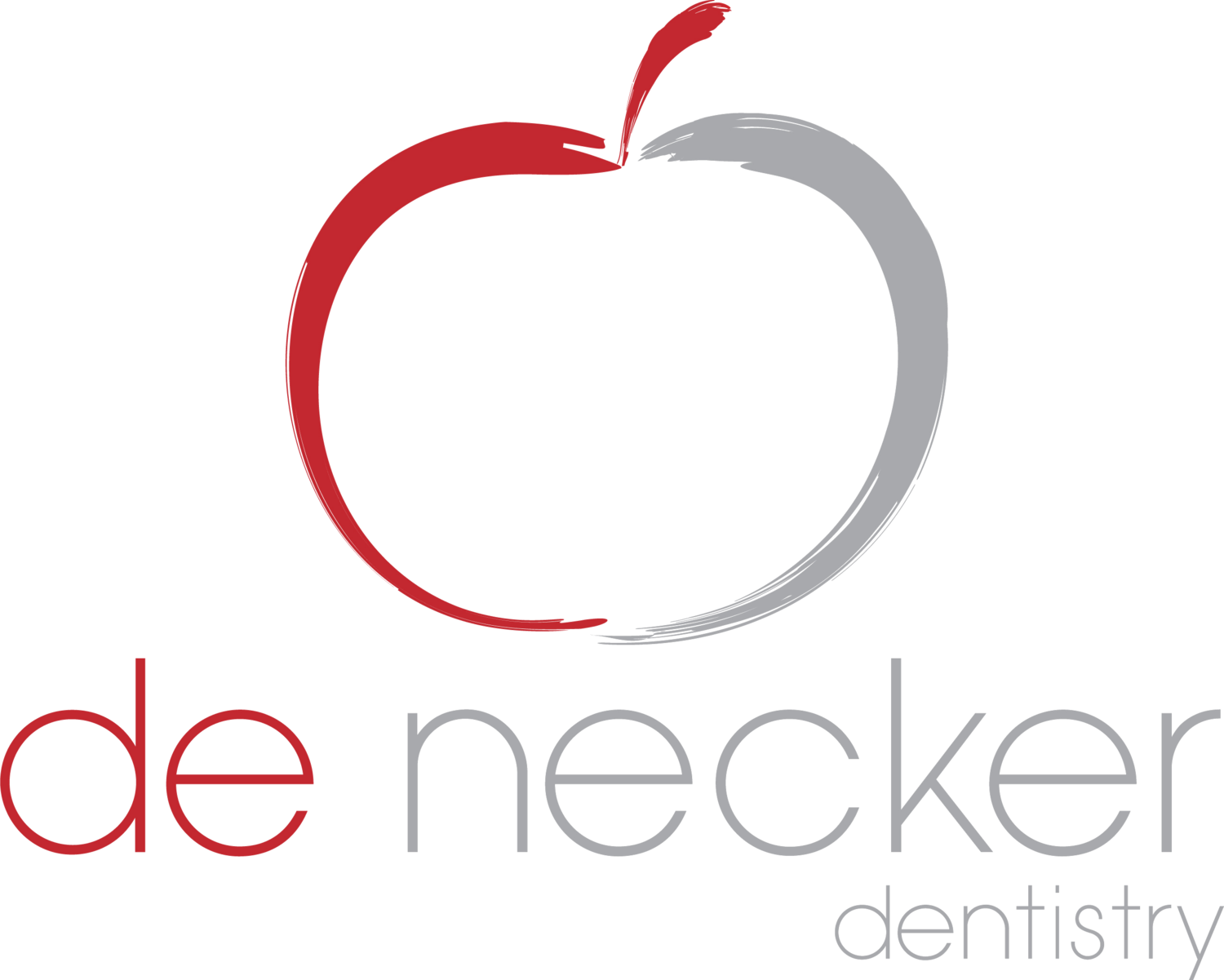
DENTAL SERVICES
Periodontics
Periodontics
Periodontology is the study of the supporting tissues around the teeth such as the gums, cementum, bone and ligaments. Periodontists are experts in treating oral inflammation and specialise in preventing and treating periodontal disease. Our dentists have extensive experience to diagnose and treat periodontal conditions.
Periodontal disease is usually a painless bacterial infection of the bone and gums. These bacteria are normally present in the healthy mouth. The infection occurs when the bacteria multiplies out of control which happens when the teeth and gums are not cleaned correctly or not cleaned at all.
Plaque, which contains lots of bacteria, then forms on the tooth surface and will start infecting the gum around the teeth. This causes de-calcification of the teeth and tooth decay.
Bleeding of the gums (including bleeding during brushing and flossing) is the first sign that there is a periodontal problem. Bleeding of the gums should never be ignored.
What is Periodontitis?
Periodontitis or periodontal disease takes place when gingivitis progresses and it starts to destroy the bone around the teeth. It is usually a painless disease so it can be far advanced before it is detected. As the bones are infected, the teeth can become mobile resulting in bone loss and eventually the teeth will fall out.
A bone that has been destroyed around the teeth can never grow back. Surgical regeneration of bone around teeth has very limited success. The result is invariably an appearance of “long teeth” with dark spaces between the teeth indicted bone and gum has been lost.
Although periodontitis is normally the result of long-standing neglect of proper care (and therefore plaque accumulation), everyone has a different immune response to the development of periodontal disease.
Periodontitis risk factors:
Diabetes
Hormonal changes
Smoking
Alcohol
Family history
Certain medications
Grinding or clenching
Age
Stress
Foreign objects such as removable dentures.
Periodontal diseases may increase the risk for some conditions including:
Stroke and cardiovascular disease
Diabetes
Respiratory diseases
-
Detecting Periodontitis
It is vital to visit your dentist or an oral hygienist every 6 months for scaling of all plaque and calculus on the tooth surfaces and below the gum level. This will greatly diminish the chances for gingivitis or periodontitis.
The pockets between the gum and the teeth should regularly be measured and charted to give an indication of the amount and progression of bone loss. Regular x-rays will also give an indication of any bone loss or other bony defects.
-
Periodontal procedures
Deep scaling or curettage: It may be necessary to anaesthetise the gum when there is already necrotic tissue and bone. De Necker Dentistry recommends a regular deep clean around the teeth to help stabilise the process and re-establish the attachment between bone, gum and tooth.
Periodontal surgery: In more advanced cases, the gum gets anaesthetised and lifted surgically for re-contouring of necrotic bone and gum. After disinfecting of the bone, the gum gets sutured back in place to form a new attachment. Teeth that cannot be rescued will also be removed so the mouth can have the best chance of getting healthy again.
Bone regeneration: In case of certain bone lesions due to a periodontic problem or loss of teeth, a bone regeneration procedure can be attempted. This is to improve the amount and quality of the available bone and to help stabilise the local periodontal situation or to provide bone for placement of implants.
-
Treating Periodontitis
De Necker Dentistry specialise in treating periodontology. The correct brushing method and daily flossing is essential, as is visiting an oral hygienist twice a year (or more often, in certain cases) for scaling, polishing, and early detection of any possible infection.
It is also vital to eliminate as many of the risk factors for periodontitis as possible. When gingivitis or periodontitis is already present, flossing, brushing and regular professional cleaning is still the most effective way of controlling the disease. Bone loss around teeth is permanent and will never grow back, but the disease can be controlled. In some cases more intensive procedures may be needed (see below) and sometimes antimicrobial treatment may be prescribed.
-
Care of the supporting tissue around the teeth
It is often possible to restore teeth, but very difficult to restore damaged periodontal tissue (bone and gum). Flossing, brushing and professional cleaning strengthens periodontal tissues. Removable dentures should be kept meticulously clean and removed regularly for proper cleaning of the remaining teeth. Eliminating smoking and controlling diseases such as diabetes will also improve the periodontal status.
-
Gingivitis
The first stage of periodontal disease is gingivitis. The gum is infected but the disease is reversible with the right treatment.
Signs and symptoms of gingivitis include:
• Gums that bleed easily
• Gums that are red, swollen and tender
• Bad breath

